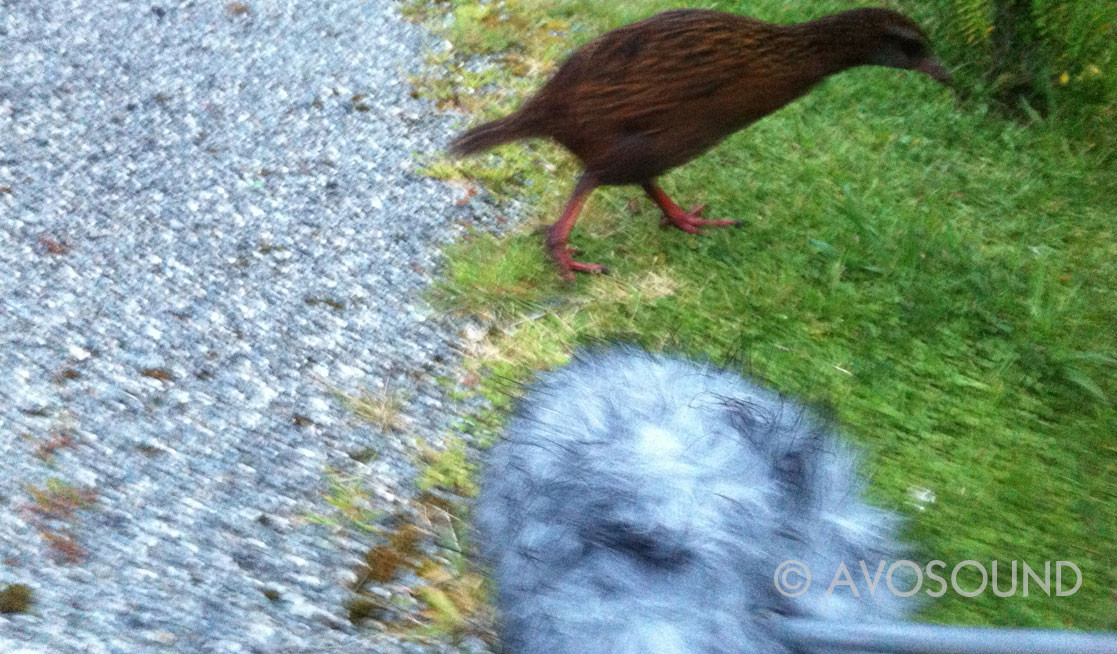Field Recording - Collecting The Sounds Of The World
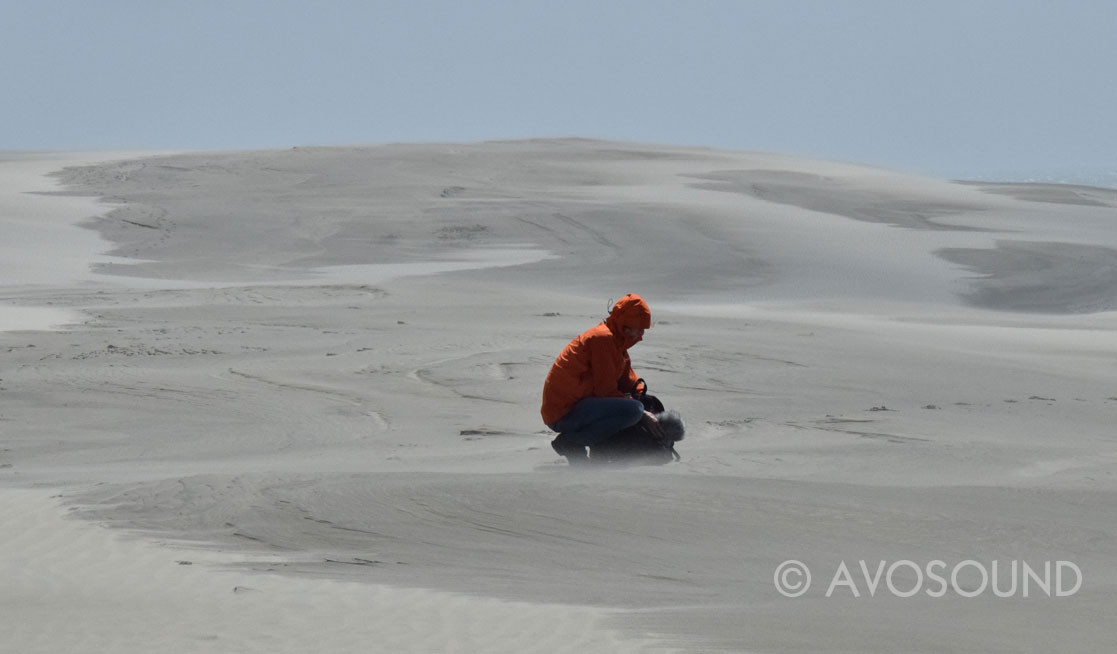
Ever since I started recording sound for film, I have been an enthusiastic field recordist. Field recording means that I record my own sounds as far as possible.
In the beginning, this was simply a necessity, as we did not have access to any sound archives - mainly because we did not have the budget for them.
Consequently, we decided to record our own sounds. We quickly learned that the recordings were of a much better quality than expected - at least as long as nature and the environment played along. Both of these elements can be quite a [add expletive] to deal with!
Field Recording: Let's Get Dirty!
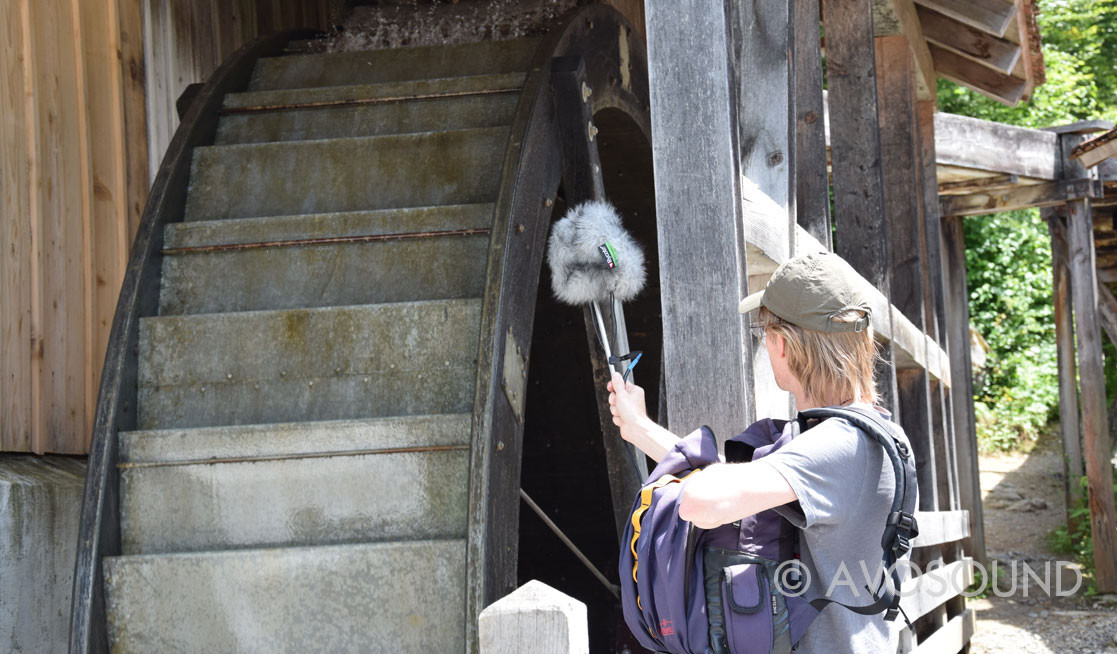
If you don't wish to use the same old sounds over and over again, you should venture out into the world to record new material. Fresh new sounds will make your tracks richer and livelier. They will also lend a unique touch to them.
But is it worth facing toil and danger just to capture new sounds? Well, luckily, the process isn't always this bad. But if you decide to make your own recordings, you will quickly learn that the logistical effort of capturing even minor sounds can become quite intense.
Sound Recordings Of Water
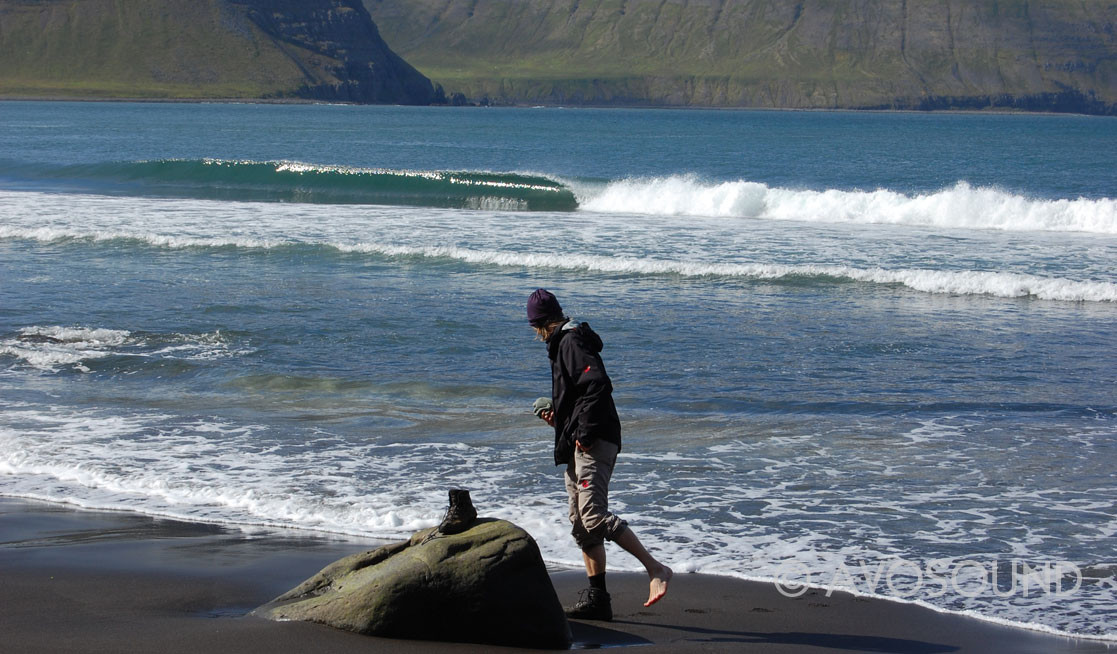
In my opinion, water sounds are among the most impressive in the world. Like thunder and lightning, the roaring and foaming of the surf has been part of our planetary soundtrack since the beginning of time. For all we know, water and waves are likely to sound similar on other planets (assuming these elements exist there).
If you happen to hail from just such a planet, please send me one of your recordings - no matter what it is (except rap music)!
It has never been easier to travel through time. Just listen to the sounds in my article about Water Sounds and you will be able to travel back to the Phanerozoic...or into a different world altogether... or both. In any case, I have the recordings to make it happen.
Travelling With Microphones: Among The Monks
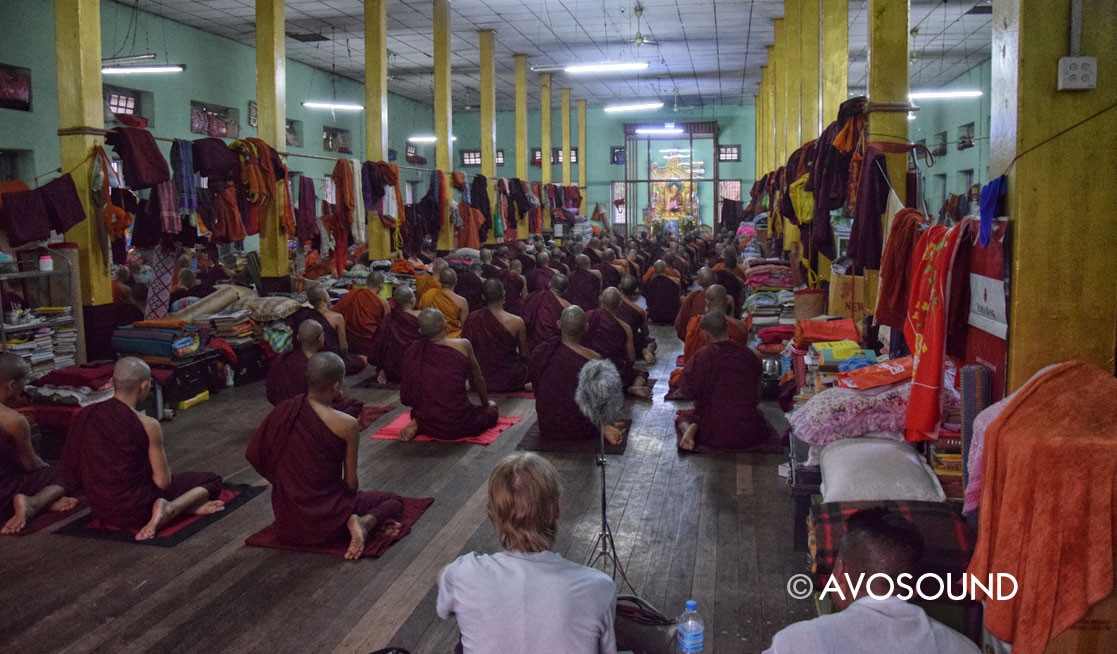
If you demonstrate a curiosity about a particular culture, you will quickly find yourself embraced by it. But it behoves you to ask for permission before making permanent recordings of, say, sacred institutions. If not, you might incur the wrath of an entire community. This happened to a chap in Myanmar who apparently tattooed Buddha's likeness onto his calf.
While his intentions were probably good, the Buddhist community saw the tattoo as an insult because the calf is close to the feet-and feet are regarded as dirty and evil in their belief system. Not the right spot, then, for such a tattoo! Even the bum would have been more suited for this, as it is covered at least. As shoulders and necks are troublesome too, it is probably best to stick to classic tats, like anchors or the Guns'n'Roses logo.
It is said that the gentleman in question had to be rescued from an angry mob and was later expelled from the country.
I therefore asked the monks if my karma would be tainted by making recordings of religious institutions. But it appears that field recordists need not worry about their rapport with higher forces. After all, we cannot control who does what with our recordings - at least that's what the monks told me. Apparently, Buddha is not too concerned about calf tattoos either...
Recording Fun In A Jungle Hut
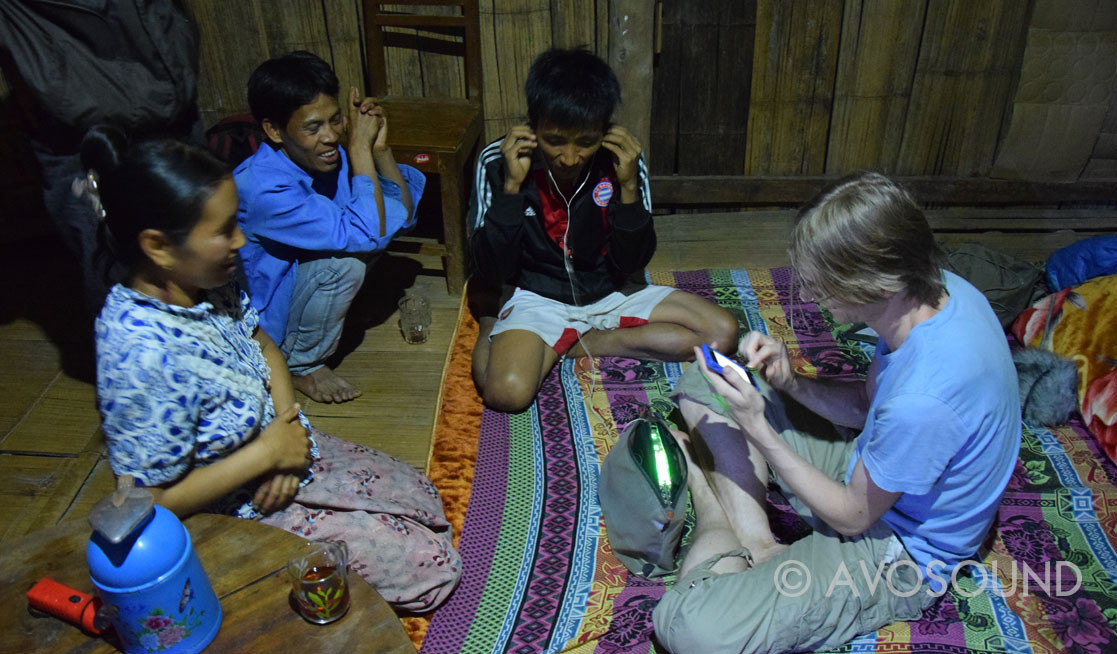
As you will probably not understand the local language and generally struggle to communicate, it is best to use the services of a local guide. With a bit of luck, he/she will lead you to places that are not on the tourist map-a necessity if you wish to record anything other than the incessant chatter of tourists.
In the middle of the Burmese jungle, we were allowed to spend the night in the village shop. The two shop owners along with our guide, Sebastian (yes, Sebastian is a big FC Bavaria-Munich fan), are busy listening to sound recordings of their jungle.
For this three-day trip into the undergrowth we were given a 100% guarantee that we would not encounter any other tourists. And, indeed, we did not.
Please read our travel report if you intend to visit Burma or would like to learn more about our trip to Myanmar.
Joining the Easy Riders in Vietnam
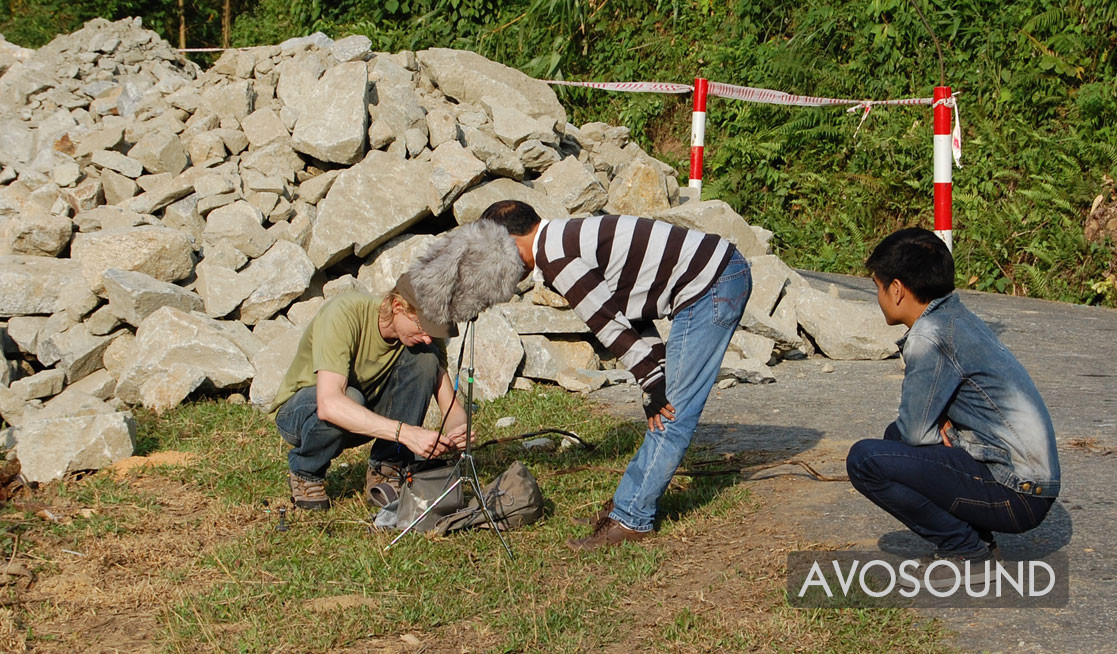
The motorcyclists of Da Nang, who will take you all around Vietnam on the back of their hot rods, call themselves 'easy riders'. It is a genuinely enjoyable way of travelling! Particularly when it is boiling hot outside, you will feel relaxed and air-cooled as you travel-at moderate speed-with your 'easy rider', passing travel buses packed with sweaty tourists behind drawn curtains.
En route, the 'easy riders' will show you the occasional sight. You'll stop at plenty of cool places and try some of the freshly prepared rice noodles and tea, or gawk at silk cocoons. And if you see something interesting by the roadside that warrants a sound recording, your 'easy rider' will, of course, stop at your request.
In the above picture, 'we' are preparing a recording. Despite multiple attempts, I ultimately failed to explain the exact nature and purpose of my work to my two friends.
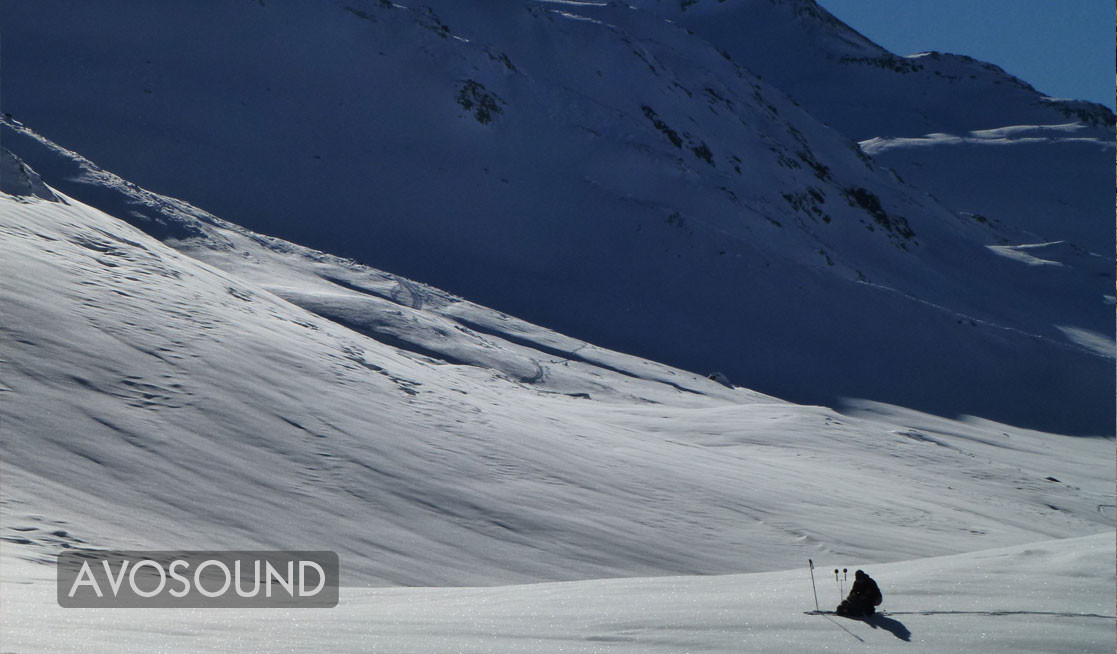
Silence is a very distinctive sound. When all disruptive noises are gone, only the static hiss of the atmosphere remains. Like the base colour in painting, silence is a background element that can give a film scene a particular emotional character.
A static atmosphere can be vast and expansive or small and cramped. It can be threatening, oppressive and heavy, but also open, light and bright. This rather inconspicuous element is a strong building block in sound design and can influence a film's mood rather remarkably.
I have been collecting the sounds of silence for many years. Some of my recordings have been released in the sound archive Desolation Soundscapes on my label, Avosound.
The recordings for this archive were made in Tibet, Iceland, New Zealand, and Switzerland. The trailer for the archive will give you an impression of what silence sounds like. More recordings can be found on the Desolation Soundscapes website.
I also compiled sounds for a different archive, which contains room tones exclusively, recorded in various houses and basements, including the catacombs and dungeons beneath the Zurich Opera House.
As a field recordist and sound designer, I collect the sounds of the world and use them for my film projects.
